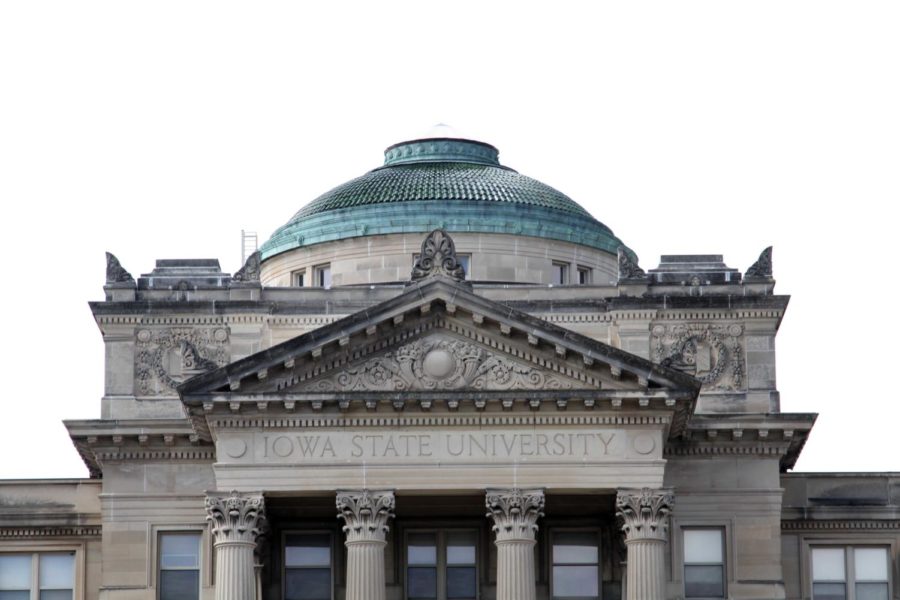ACL injuries bench athletes for months
February 2, 2000
Editor’s note: Jim Nespor is the chief physical therapist for the ISU Athletic Department. This is the third in a series of articles in which Nespor will discuss how to stay fit and healthy.
Tearing the anterior cruciate ligament (ACL) is one of the worst nightmares for weekend warriors and professional athletes alike.
And the devastating injuries are more common than many people think, said Jim Nespor, chief physical therapist for Cyclone Sports Medicine.
“It’s one of those things that you just don’t notice how common it is until it happens to you,” he said.
Nespor said he has treated 23 ACL injuries in the last six months.
Running from the shin bone (tibia) up to the thigh bone (femur), the ACL is the most important ligament for proper functioning of the knee, he said. It maintains the stability of the entire knee joint.
The ACL is most commonly torn when an individual is participating in a sport that involves sprinting, cutting or twisting. Nespor said the sports that produce the most ACL tears are basketball, flag football and soccer.
“When it tears, usually a loud popping noise will precede quite a lot of pain,” he said. “Within the first 24 hours, it’ll swell up like a balloon.”
Nespor said it is important to see an orthopedic doctor right after the injury.
If the doctor finds abnormal movement within the knee joint, reconstructive surgery will probably be required. Nespor said the surgery usually involves making a new ligament out of the patellar (knee) tendon and replacing the ACL with the reconstructed tendon.
Nespor said after surgery, the knee will be placed in an immobilizer, such as a Velcro knee brace, for about six weeks, and rehabilitation will start immediately.
“The day after the surgery, it is necessary to start rehabilitation,” he said.
During rehab, the patient will work on the range of motion of the knee, decreasing swelling and increasing strength, Nespor said.
Much of the rehab involves the patient doing vertical leg raises, horizontal leg movements and hamstring curls.
“It sounds simple, but after tearing an ACL, it becomes painful,” he said.
After three months, patients usually continue their rehabilitation on their own time for about six months.
“We’ll show them proper exercises to do on their own in the weight room at the Lied [Recreation Center],” he said.
Individuals with questions about therapy can contact Cyclone Sports Medicine at 294-2626.
















